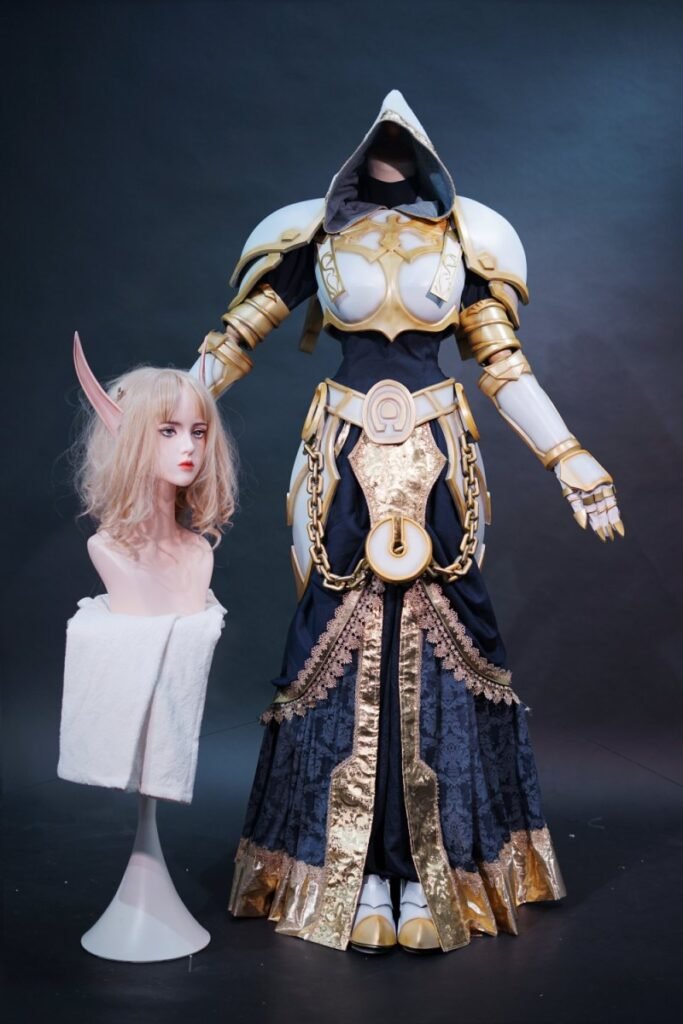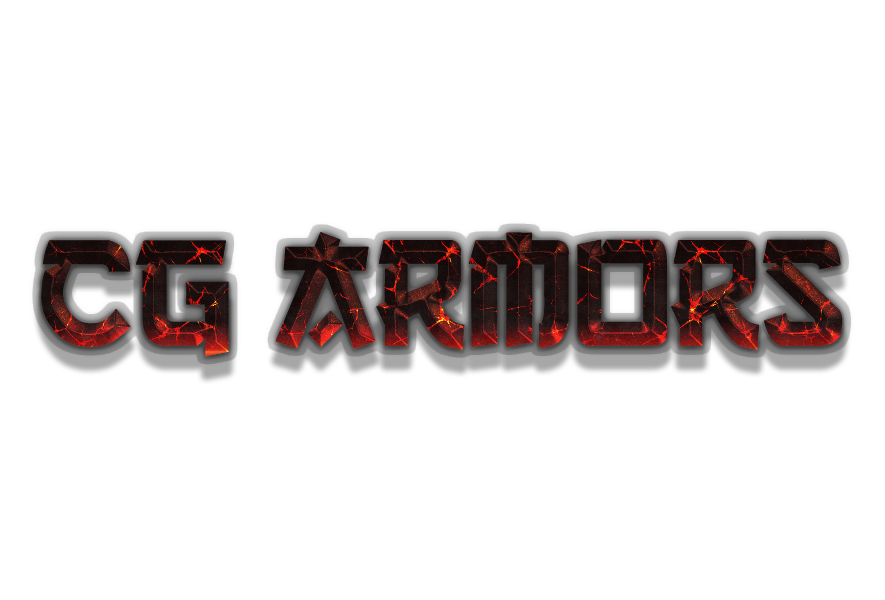Ordering a custom cosplay costume is an exciting way to bring your favorite character to life with precision and flair. However, unlike off-the-shelf costumes, custom cosplay involves several important considerations. From accurate measurements to material selection and budgeting, understanding each step can help you achieve the best results and avoid common pitfalls. Custom cosplay can be a fantastic investment in quality and personalization, ensuring your costume feels as good as it looks.
In this guide, we’ll explore everything you need to know before ordering a custom cosplay costume, including key steps for measurements, material options, personalization tips, and budgeting advice. Whether you’re new to custom orders or simply looking to improve your cosplay experience, this guide will prepare you to create the costume of your dreams.
Ready to create your custom cosplay? Here’s everything you need to know to make sure it’s just right.

Table of Contents
- How to Measure for a Custom Cosplay?
- What Are the Best Materials for Costumes?
- How Does Customization Impact the Look?
- What’s the Average Budget for a Custom Costume?
<a name=”how-to-measure-for-a-custom-cosplay”></a>
How to Measure for a Custom Cosplay?
Precise measurements are essential for a perfect fit
Achieving the perfect fit is one of the biggest benefits of custom cosplay, and it all starts with accurate measurements. Since each body is unique, taking precise measurements allows the designer to create a costume that fits you well and complements your movements. Ill-fitting costumes can look awkward, detracting from your character portrayal and making the outfit uncomfortable to wear.
Avoid fit issues by following a detailed measurement guide
To avoid fit issues, follow a detailed measurement guide that covers every aspect of the costume, from head to toe. A comprehensive guide includes measurements for chest, waist, hips, shoulders, arm length, inseam, and other critical points. Many designers provide a measurement guide that explains exactly how to measure each area. It’s best to ask a friend to help you measure, as some areas, such as the back, are difficult to measure alone.
Learn how to measure accurately for each costume piece
Each costume piece may require specific measurements, so pay attention to the instructions provided by your designer. Here are a few tips to ensure accurate measurements:
- Use a Flexible Measuring Tape: For the most accurate results, use a flexible tape measure that can conform to your body shape.
- Stand in a Natural Position: Don’t hold your breath or suck in your stomach when measuring; stand naturally to get accurate body measurements.
- Take Notes: Keep a record of each measurement, and double-check your notes to make sure you have the correct numbers.
- Measure Twice: It’s a good idea to measure each area twice to ensure consistency and accuracy.
Accurate measurements help the designer create a well-fitted costume, allowing you to move comfortably and confidently. A properly fitted costume not only looks better but feels great to wear.
<a name=”what-are-the-best-materials-for-costumes”></a>
What Are the Best Materials for Costumes?
Different fabrics suit different character looks
The choice of fabric has a huge impact on the final look and feel of your cosplay. Certain fabrics work best for specific character styles or genres, so selecting the right one helps to capture the authenticity of your character. Think about how your character’s costume should appear—whether shiny, matte, soft, or rigid—and match these qualities with suitable materials.
Satin, cotton, and synthetic blends each offer unique textures
Here’s a breakdown of common fabric choices and what each brings to your costume:
- Satin: With its smooth, shiny surface, satin is ideal for fantasy characters, royal attire, or evening wear. It adds a luxurious feel and creates an eye-catching effect.
- Cotton: Lightweight, breathable, and easy to work with, cotton is great for casual outfits and costumes that require comfort. It provides a natural look without shine, making it ideal for realistic or understated characters.
- Synthetic Blends (Polyester, Spandex): Synthetic fabrics offer durability, stretch, and various finishes. Spandex, for example, is great for form-fitting costumes like superhero suits, while polyester is wrinkle-resistant and often cheaper than natural fibers.
Consider the visual and practical benefits of each fabric type
When selecting materials, think about the following factors:
- Character Authenticity: Choose fabrics that reflect your character’s setting or personality. A character from a sci-fi world might look best in synthetic, metallic finishes, while historical characters benefit from natural fabrics.
- Comfort and Breathability: If you’ll be wearing your costume for hours, prioritize breathable fabrics like cotton or spandex blends that allow airflow and stretch.
- Ease of Maintenance: Some fabrics are easier to care for than others. If you want a low-maintenance costume, consider fabrics that resist wrinkles, are machine washable, or don’t require special cleaning.
Selecting the right material can make your costume look more accurate and feel more comfortable, giving you the best of both worlds.
<a name=”how-does-customization-impact-the-look”></a>
How Does Customization Impact the Look?
Custom touches make your costume unique
One of the most exciting aspects of custom cosplay is the ability to add personalized details to your costume. Customization allows you to tailor your costume to match your character’s exact look or add your unique twist to the design, making it truly yours.
Personalize designs, colors, and features to stand out
Customization includes more than just fabric and fit. With custom design options, you can personalize nearly every aspect of your costume, from specific color shades to design features that reflect your interpretation of the character. Whether it’s intricate embroidery, added accessories, or a personalized color scheme, these details enhance your look.
Collaborate with designers for a costume that reflects your character vision
To make the most of your customization options, collaborate with your designer to communicate your vision clearly. Here’s how customization can impact your costume:
- Unique Color Matching: For characters with specific or unconventional color schemes, custom dyes or fabric treatments ensure color accuracy.
- Detailing: Custom elements such as embroidery, beading, or appliqué can reflect character-specific designs, insignias, or symbols.
- Accessory Integration: Accessories such as belts, buckles, or armor pieces can be incorporated into the costume for added depth.
Customizing your costume not only makes it visually striking but also brings more of your personality into the design, helping you connect with your character in a unique way.
<a name=”whats-the-average-budget-for-a-custom-costume”></a>
What’s the Average Budget for a Custom Costume?
Custom costumes can vary widely in cost
One of the most important factors to consider is the budget. Custom costumes generally cost more than off-the-shelf options due to the extra time, materials, and effort involved in creating a one-of-a-kind piece. Understanding the factors that contribute to pricing can help you plan your budget effectively and avoid surprises.
Plan for materials, design time, and potential rush fees
The cost of a custom cosplay costume depends on several variables, including the complexity of the design, fabric quality, and labor. Custom costumes may also incur rush fees if you need the outfit completed by a specific deadline. Here are some cost components to consider:
- Material Costs: High-quality fabrics, especially for larger costumes or intricate designs, add to the price.
- Design and Labor Time: The time it takes to create detailed costumes with custom elements can be significant, especially if your costume includes armor, complex patterns, or intricate stitching.
- Additional Fees: If you need the costume sooner, or if custom accessories are included, these may increase the price.
Get insights on cost factors and how to budget for your custom project
To get an idea of your budget, communicate with your designer and ask for a price estimate that breaks down each component. Knowing how much time and materials go into creating your costume can help you prioritize certain features if you’re on a budget. Setting a budget also helps you explore different customization options while staying within a manageable price range.
Custom cosplay costumes can be a substantial investment, but they offer unmatched quality, fit, and personalization, allowing you to bring your favorite characters to life like never before.
Conclusion
Ordering a custom cosplay costume is an exciting journey that allows you to bring your character vision to life with precision, comfort, and unique style. By following these essential steps—measuring accurately, choosing the best materials, exploring customization options, and planning your budget—you’ll create a costume that is uniquely tailored to you. Custom cosplay is an investment in creativity and quality, and with the right planning, you’ll be ready to step into character with confidence and pride.


